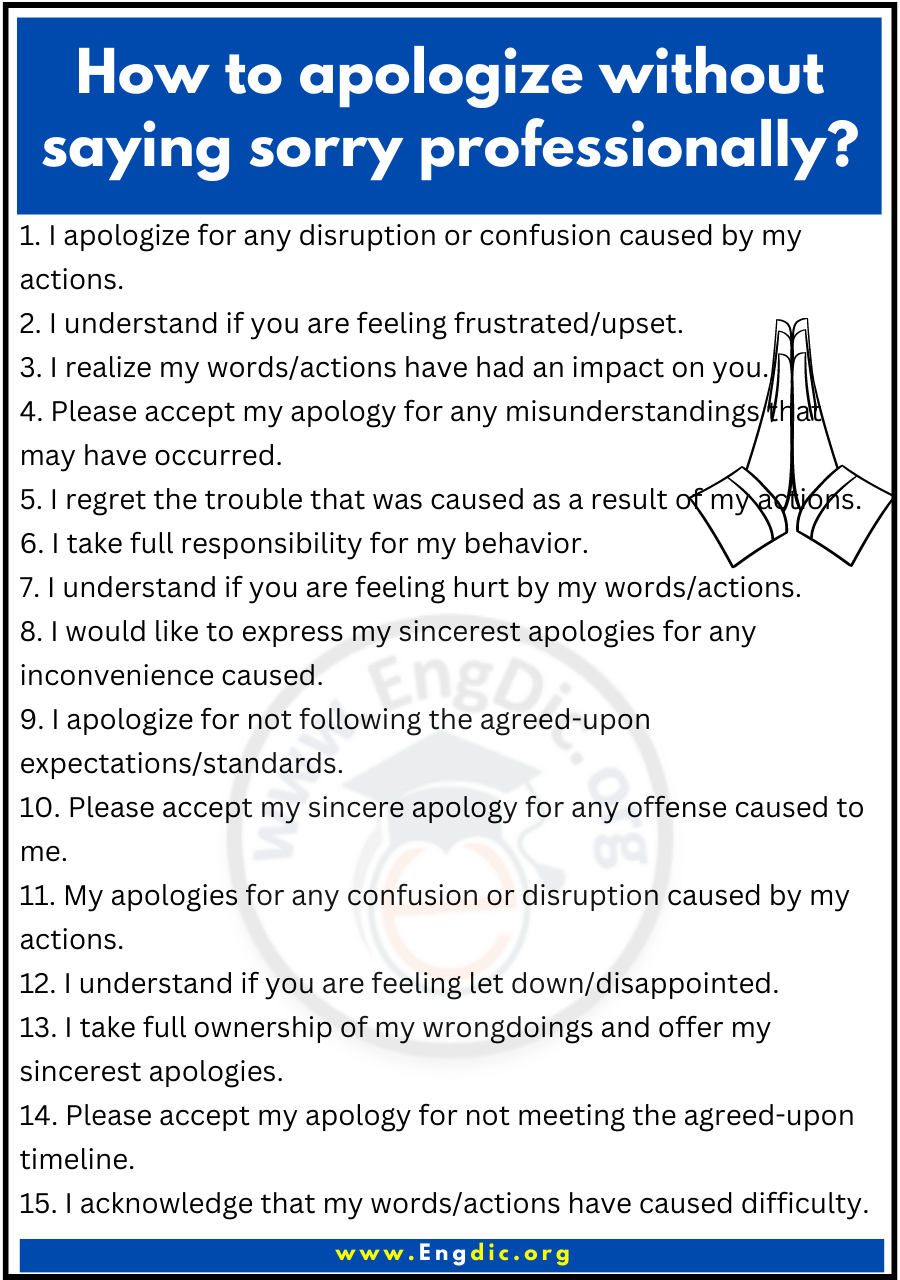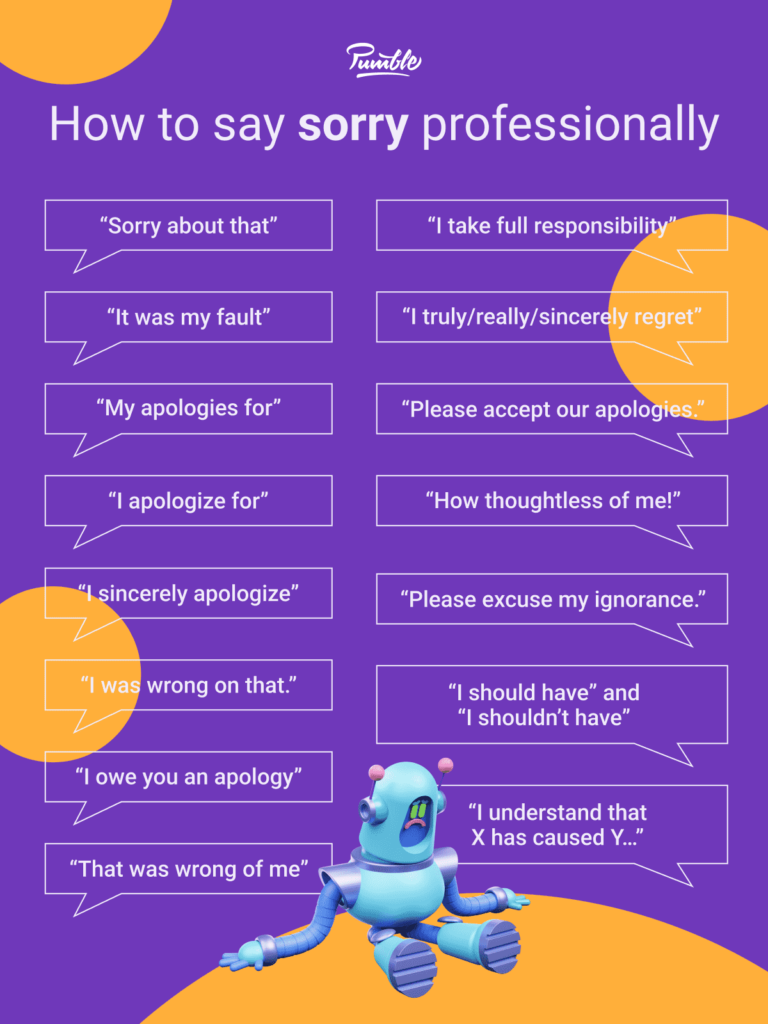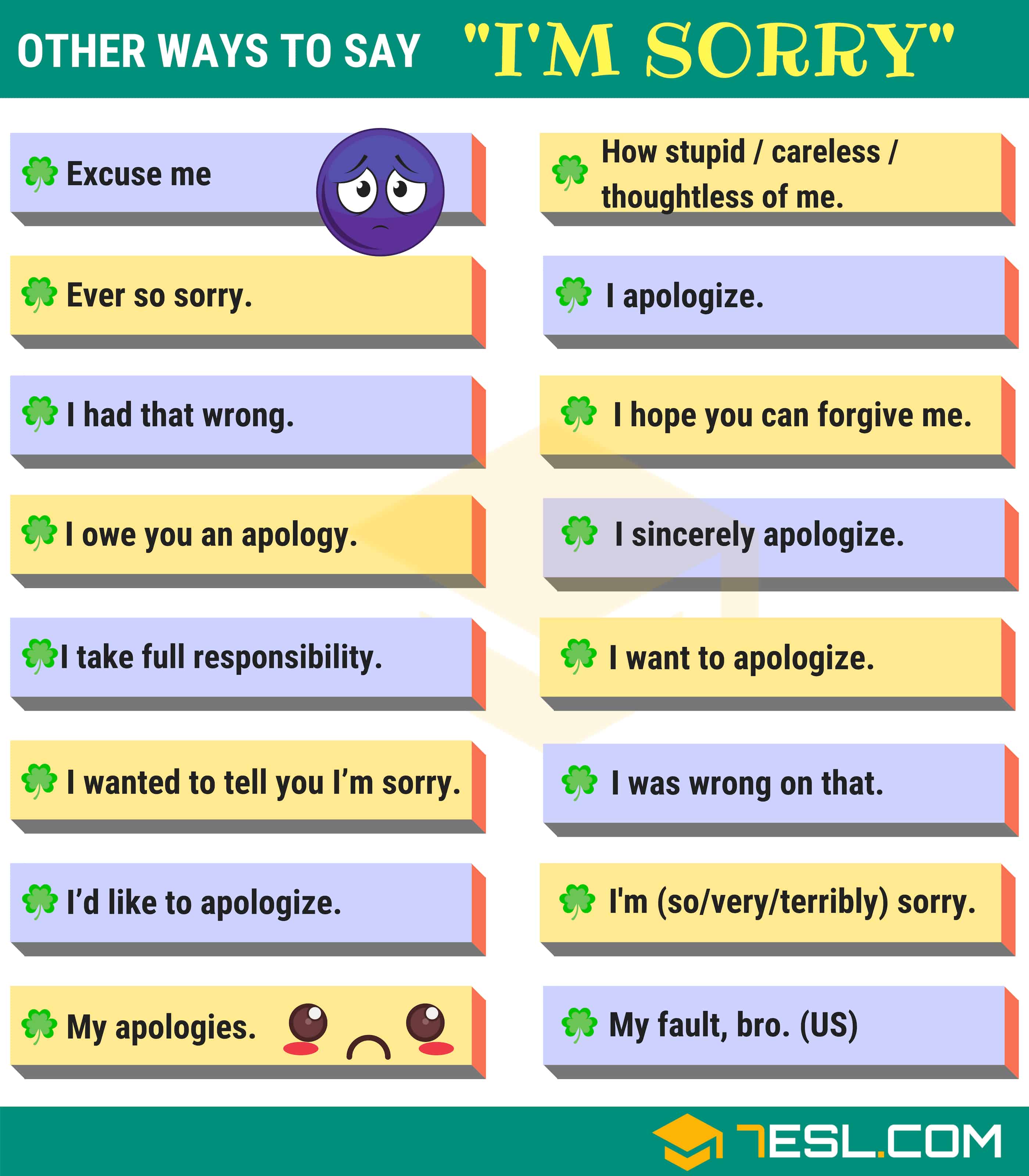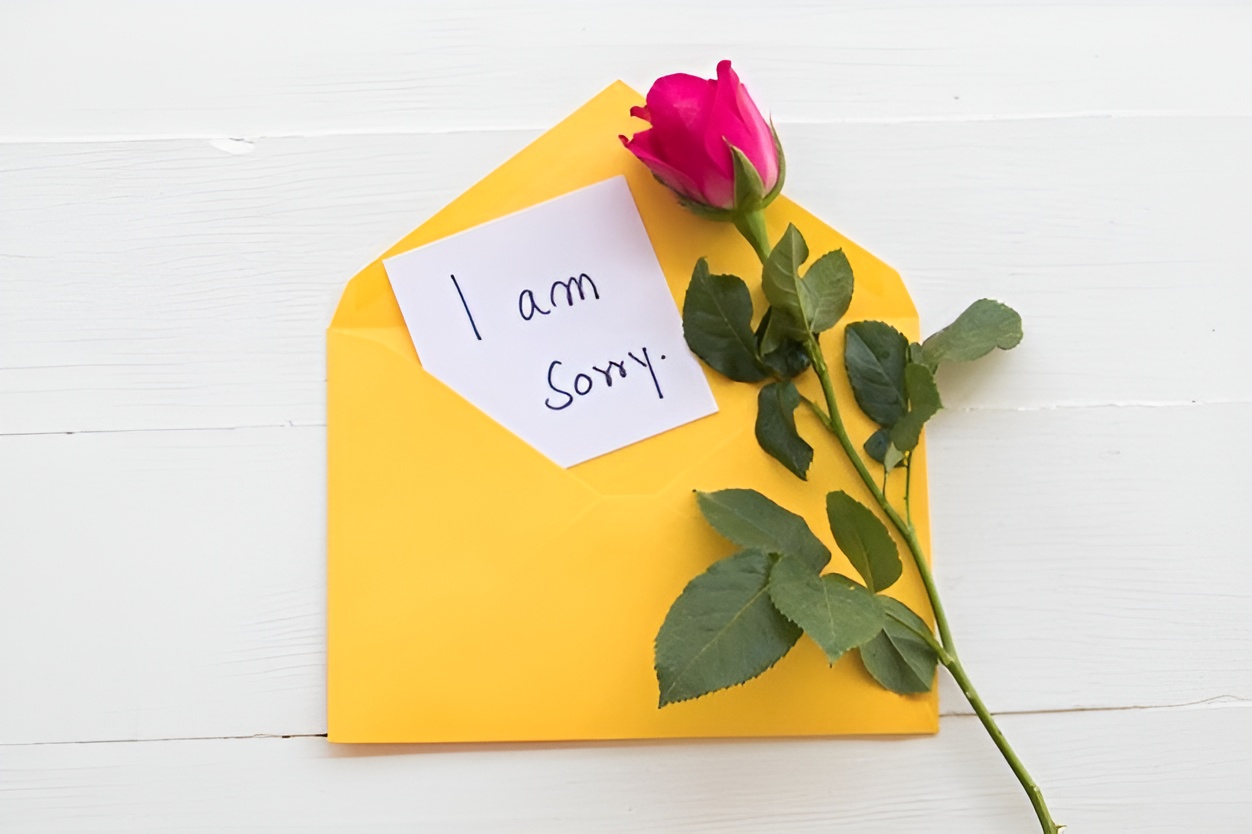How To Say Sorry Without Apologizing

In the intricate dance of human interaction, the ability to navigate conflict and repair damaged relationships is paramount. However, uttering the simple phrase, "I'm sorry," can sometimes feel like scaling an insurmountable wall. What if the words stick in your throat? What if offering a direct apology feels disingenuous or risks admitting fault you're not yet ready to concede? The reality is, apologizing without *actually* apologizing is a complex and often fraught path, laden with potential for misinterpretation and further harm.
This article explores the delicate art of expressing remorse and taking responsibility without explicitly saying "I'm sorry." It delves into alternative communication strategies designed to acknowledge hurt, validate feelings, and initiate reconciliation while sidestepping the direct admission of wrongdoing. Understanding these nuanced approaches can be crucial for navigating sensitive situations in personal and professional contexts.
Understanding the Nuances of "Non-Apologies"
The key to a successful non-apology lies in genuine empathy. It's not about manipulating the situation or avoiding accountability altogether. Instead, it's about focusing on the other person's feelings and acknowledging the impact of your actions, regardless of intent.
Phrases like "I understand why you feel that way," or "I can see how that would be upsetting," validate the other person's experience without assigning blame. Dr. Harriet Lerner, a renowned relationship expert, emphasizes the importance of active listening and reflecting back what you hear to ensure understanding.
Expressing Regret and Taking Responsibility
One powerful technique is expressing regret for the consequences of your actions, even if you don't believe you acted wrongly. Saying, "I regret that this happened," or "I wish things had turned out differently," acknowledges the negative outcome without directly apologizing for your behavior.
Taking responsibility for your part in the situation, however small, is also crucial. This could involve admitting to a communication breakdown, a lack of awareness, or a failure to anticipate the impact of your actions. This is not about accepting *all* the blame, but about owning your portion of the responsibility.
"Responsibility is not about blame. It's about ownership and the power to change things," states Brené Brown, a researcher and author known for her work on vulnerability and shame.
Offering Solutions and Making Amends
Moving beyond simply acknowledging the problem and actively offering solutions can significantly improve the situation. This demonstrates a commitment to repairing the damage and preventing future occurrences.
Instead of saying "I'm sorry I made you late," consider offering, "Next time, I'll set an alarm to ensure we leave on time." This shifts the focus from the past transgression to a proactive solution for the future.
Similarly, offering to make amends can signal sincerity. This could involve offering practical help, making a gesture of goodwill, or simply committing to changing your behavior going forward. Concrete actions speak louder than words, especially when those words are carefully chosen to avoid a direct apology.
The Potential Pitfalls of Avoiding a Direct Apology
While non-apologies can be useful in certain situations, they're not a universal solution. The success of this approach hinges on the specific context, the nature of the relationship, and the recipient's personality.
A poorly executed non-apology can easily be perceived as insincere, dismissive, or even manipulative. Phrases like "I'm sorry you feel that way," are often viewed as sarcastic and can exacerbate the situation, according to a 2017 study on communication styles in conflict resolution published in the Journal of Social and Personal Relationships.
Furthermore, avoiding a direct apology can perpetuate a power imbalance, particularly in hierarchical relationships. It can signal a refusal to acknowledge wrongdoing, undermining trust and hindering reconciliation.
When a Direct Apology is Necessary
There are times when a direct and sincere apology is simply unavoidable. When you've caused significant harm, broken a fundamental trust, or violated ethical principles, a non-apology is unlikely to suffice.
In these situations, owning your actions, expressing remorse, and committing to change is essential for rebuilding trust and repairing the relationship. Avoiding a direct apology can be interpreted as a sign of arrogance or a lack of empathy, further damaging the connection.
Ultimately, the choice between a direct apology and a non-apology depends on careful consideration of the specific situation and the potential impact of your words. Empathy, honesty, and a genuine desire to repair the relationship are crucial for navigating these delicate conversations successfully.
Moving Forward: A Balanced Approach to Reconciliation
The art of saying "sorry without apologizing" is a complex skill that requires careful consideration and sensitivity. It can be a valuable tool in navigating conflict and repairing relationships, but it's not a replacement for genuine remorse and accountability.
Moving forward, prioritize empathy, active listening, and a willingness to take responsibility for your actions, regardless of intent. By focusing on understanding and validating the other person's feelings, you can create a foundation for reconciliation and build stronger, more resilient relationships.
Ultimately, whether you choose to offer a direct apology or a more nuanced expression of remorse, the goal should always be to foster understanding, promote healing, and strengthen the bonds that connect us.


















